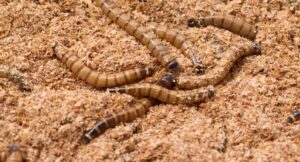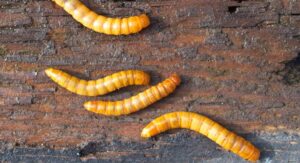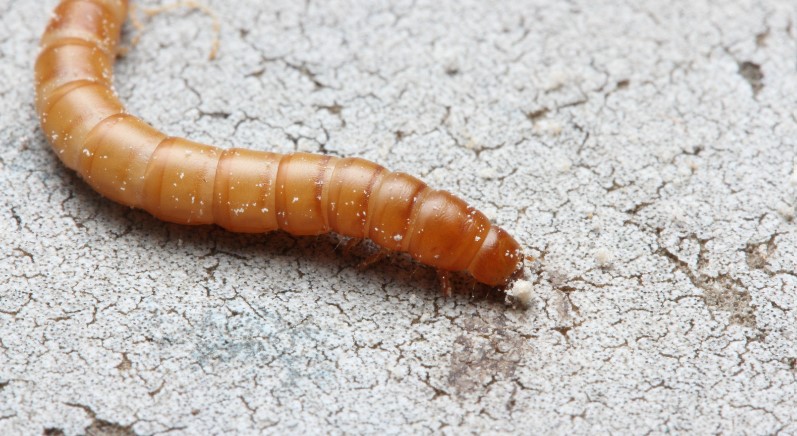Mealworms, the larvae of darkling beetles, are a common household pest that can appear unexpectedly, often making homeowners wonder how they got in. While these insects don’t pose a direct health risk, their presence can be unsettling and lead to larger infestations if not addressed.
Understanding what attracts mealworms to your home is the first step in preventing an infestation. In this article, we’ll explore what attracts mealworms to your indoors and how to prevent them from entering.
What Attracts Mealworms to House?

Mealworms typically enter homes in search of food, moisture, and warmth. Here are the main attractants that could be drawing them into your house.
Food Sources
Mealworms are highly attracted to food, especially dry grains, cereals, oats, flour, and pet food. These foods are a staple in their diet, and if left exposed or improperly stored, they provide an easy food source.
Warm, Humid Environments
Like many pests, mealworms prefer warm, humid environments. Their ideal temperature range is between 70°F to 80°F (21°C to 27°C), which happens to be quite common in homes, especially during warmer months.
Areas such as kitchens, bathrooms, and basements offer the perfect combination of warmth and moisture. Mealworms can thrive in these spaces, where humidity helps them develop and feed, creating an environment conducive to their life cycle.
Pet Food and Waste
Pet food is another major attractant for mealworms. If pet food is left out uncovered or stored improperly, it can provide a feast for mealworms.
Additionally, pet waste can also attract these pests, especially if left uncleaned for long periods. Mealworms are opportunistic feeders and will seek out any available organic matter, including pet food and waste.
How to Prevent Mealworms from Entering Your Home?

Now that you know what attracts mealworms, here are some steps you can take to keep them out of your home.
- Store Food Properly: Keep grains, cereals, and pet food in airtight containers. This makes it more difficult for mealworms to get to the food.
- Reduce Humidity: Use dehumidifiers in damp areas such as basements and bathrooms. Repair any leaks and ensure your home is well-ventilated to avoid creating a moist environment.
- Seal Entry Points: Check for cracks and gaps around doors, windows, and your foundation, and seal them with weather stripping or caulk to keep beetles from entering.
- Clean Up Spills: Clean food spills and crumbs immediately, especially in pantries and kitchen areas, where mealworms can easily find their food sources.
- Store Organic Matter Away: Keep firewood and compost away from your house. Regularly inspect outdoor areas for signs of beetle activity.
Conclusion
Mealworms can be a nuisance, but with the right prevention strategies, you can keep them out of your home. By eliminating food sources, reducing moisture, sealing cracks, and keeping your home clean, you’ll create a less inviting environment for these pests.
If mealworms do find their way into your home, a professional pest control service can help identify the source and provide effective treatment to eliminate the infestation.





